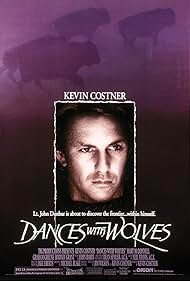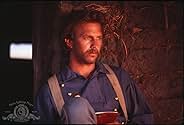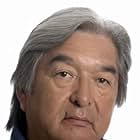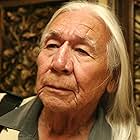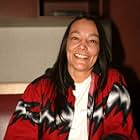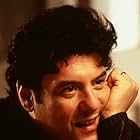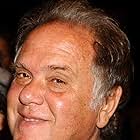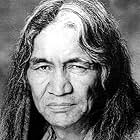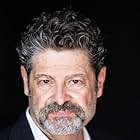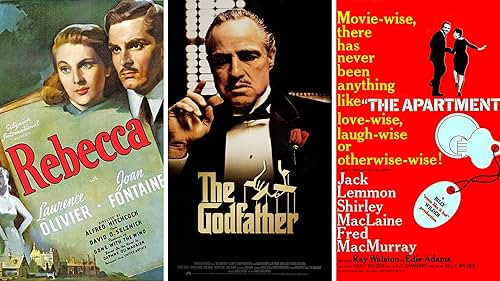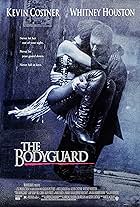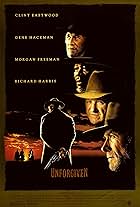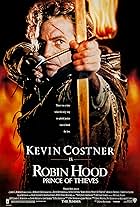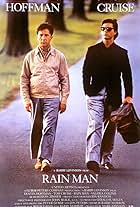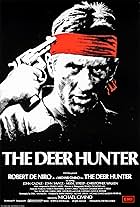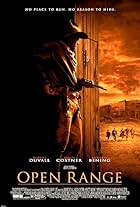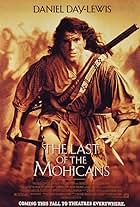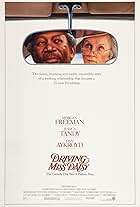Lieutenant John Dunbar, assigned to a remote western Civil War outpost, finds himself engaging with a neighbouring Sioux settlement, causing him to question his own purpose.Lieutenant John Dunbar, assigned to a remote western Civil War outpost, finds himself engaging with a neighbouring Sioux settlement, causing him to question his own purpose.Lieutenant John Dunbar, assigned to a remote western Civil War outpost, finds himself engaging with a neighbouring Sioux settlement, causing him to question his own purpose.
- Won 7 Oscars
- 55 wins & 39 nominations total
Floyd 'Red Crow' Westerman
- Ten Bears
- (as Floyd Red Crow Westerman)
Best Picture Winners by Year
Best Picture Winners by Year
See the complete list of Best Picture winners. For fun, use the "sort order" function to rank by IMDb rating and other criteria.
Storyline
Did you know
- TriviaBecause of the film's enormous success and sympathetic treatment of the Native Americans, the Lakota Nation adopted Kevin Costner as an honorary member.
- GoofsElectric power lines are visible during the buffalo hunt.
- Quotes
Wind In His Hair: [in Lakota; subtitled] Dances with Wolves! I am Wind In His Hair. Do you see that I am your friend? Can you see that you will always be my friend?
- Alternate versionsThe 236-minute "extended version" or "Director's Cut" has been released on home video, altering the movie as such:
- 38 x new scene
- 15 x extended scene
- 12 x alternative footage
- 5 x alternative text
- 1 x new text
- 3 x postponed scene
- 3 x altered arrangement of scenes
- 3 x shortened scene.
- SoundtracksFire Dance
By Peter Buffett
Featured review
It's hard to think of blockbuster films that portray Native Americans as well as this one does. They are human beings here, with different personalities, intelligence, dignity, culture, and humor. The fact that a major Hollywood film had a good portion of its dialogue spoken in Lakota, subtitled in English, is fantastic. The portrayal of white cruelty, such as in the scene with rotting buffalo carcasses littering the prairie, invert the classic narrative, both in the genre of Westerns and in how history is often taught. The film identifies who the real savages were, and Kevin Costner should get a lot of credit for that.
The film is of epic length, and by no means perfect. I would have preferred it without the love story, and for more centering on the native characters. The soundtrack is also intrusive, and there were many instances where I found myself thinking that the scene would have played more effectively had it been set to minimal audio. As for the criticism that it uses the 'white savior' trope, I didn't see it that way - if anything, Costner's character is the one saved, both spiritually and then physically as he's about to be hanged for treason. It's much more about the beauty of coexistence and of respecting other cultures, and how tragic the historical genocide was.
The film is clearly a labor of love, and Costner took a lot of risks with it. The casting of Native actors quite honestly felt decades ahead of its time, and Graham Greene (Kicking Bird), Rodney A. Grant (Wind In His Hair), and Floyd Red Crow Westerman (Chief Ten Bears) are all wonderful. The cinematography on location mostly in South Dakota is simply stunning. However, what I love most about it is its heart, and how it shows simple appreciation for the Sioux people. "They were a people so eager to laugh, so devoted to family, so dedicated to each other. The only word that comes to mind is harmony," the main character says. Would love to see more films like this, and from a native perspective. 31 years later, it's long overdue, but give Costner credit for what he accomplished in 1990.
The film is of epic length, and by no means perfect. I would have preferred it without the love story, and for more centering on the native characters. The soundtrack is also intrusive, and there were many instances where I found myself thinking that the scene would have played more effectively had it been set to minimal audio. As for the criticism that it uses the 'white savior' trope, I didn't see it that way - if anything, Costner's character is the one saved, both spiritually and then physically as he's about to be hanged for treason. It's much more about the beauty of coexistence and of respecting other cultures, and how tragic the historical genocide was.
The film is clearly a labor of love, and Costner took a lot of risks with it. The casting of Native actors quite honestly felt decades ahead of its time, and Graham Greene (Kicking Bird), Rodney A. Grant (Wind In His Hair), and Floyd Red Crow Westerman (Chief Ten Bears) are all wonderful. The cinematography on location mostly in South Dakota is simply stunning. However, what I love most about it is its heart, and how it shows simple appreciation for the Sioux people. "They were a people so eager to laugh, so devoted to family, so dedicated to each other. The only word that comes to mind is harmony," the main character says. Would love to see more films like this, and from a native perspective. 31 years later, it's long overdue, but give Costner credit for what he accomplished in 1990.
- gbill-74877
- Apr 11, 2021
- Permalink
Details
- Release date
- Countries of origin
- Official sites
- Languages
- Also known as
- Danza con lobos
- Filming locations
- Badlands National Park, South Dakota, USA(Fort Hays to Fort Sedgewick Wagon journey)
- Production companies
- See more company credits at IMDbPro
Box office
- Budget
- $22,000,000 (estimated)
- Gross US & Canada
- $184,208,848
- Opening weekend US & Canada
- $598,257
- Nov 11, 1990
- Gross worldwide
- $424,208,848
- Runtime3 hours 1 minute
- Color
- Aspect ratio
- 2.39 : 1
Contribute to this page
Suggest an edit or add missing content

